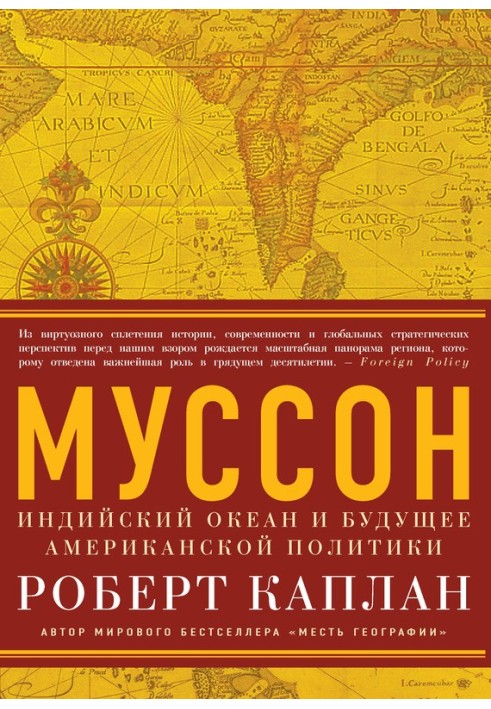Monsoon. The Indian Ocean and the Future of American Policy
 Instant download
Instant download
after payment (24/7)
 Wide range of formats
Wide range of formats
(for all gadgets)
 Full book
Full book
(including for Apple and Android)
As the United States strengthened and entered the world stage, the initial projection of its interests was Europe and East Asia. Throughout the 20th century, the United States fought wars, hot and cold, to prevent these vital regions from falling into the hands of “hostile forces.” Since the end of the Cold War, and with particular intensity since the events of September 11, America's attention has focused on the Middle East, South and Southeast Asia, and the Western Pacific. Moving clockwise from Oman in the Persian Gulf, Robert Kaplan visits Pakistan, India , Bangladesh, Sri Lanka, Myanmar (formerly Burma) and Indonesia. He ends his journey in Zanzibar off the coast of East Africa. Describing the “new Great Game” that is unfolding in the Indian Ocean, Kaplan notes that the primary responsibility for setting the game in motion lies with China. “The Indian Ocean region is not just a suggestive geographic area. It is dominant because it is where Islam most clearly combines with global energy policy, forming a multi-layered and multi-polar world that stands above the headlines on Iran and Afghanistan, and makes the importance of the navy itself obvious. This is also dominant because only there it is possible to see the world as it is, in its newest and at the same time very traditional framework, a completely harmonious world that has no need for a weak calming pill called “globalization.” Robert Kaplan
Data sheet
- Name of the Author
- Роберт Каплан Дэвид
- Language
- Russian
- Translator
- Сергей Анатольевич Александровский



























